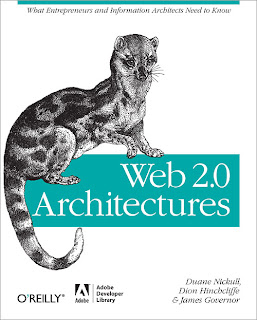Troubleshoot Your Internet Connection

There are several types of internet connections . Briefly they are as follows, in order of increasing speed/bandwidth. (Bits per second is abbreviated as bps. Kilo, Mega, and Giga represent one thousand, one million, and one billion respectively.) Analog (up to 56 Kbps) Satellite (less than 1 Mbps) DSL (up to 8 Mbps) Cable (up to 20 Mbps) Tier (T1 through T5, with 64 Kbps per channel, cumulatively up to 1 Gbps) Optical (1 Gbps+) Internet2 (100 Gbps) Most homes use either Cable (e.g. Comcast) or Optical (e.g. Verizon FiOS).



